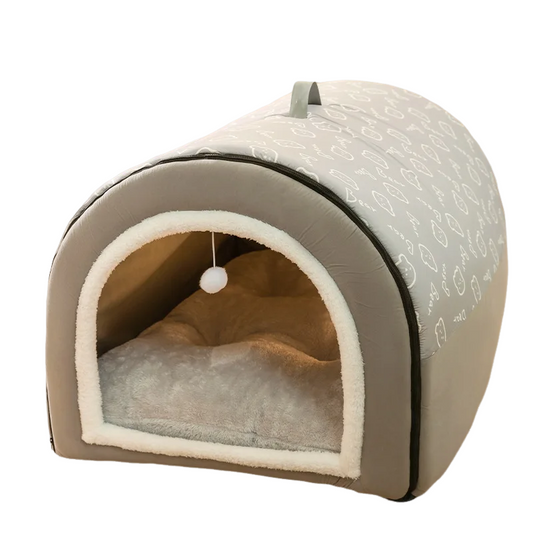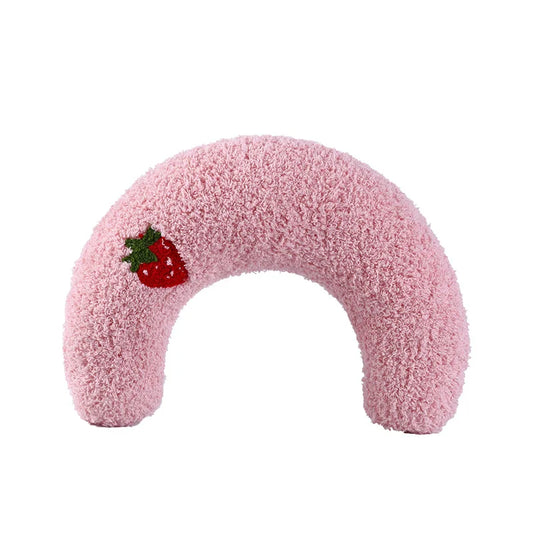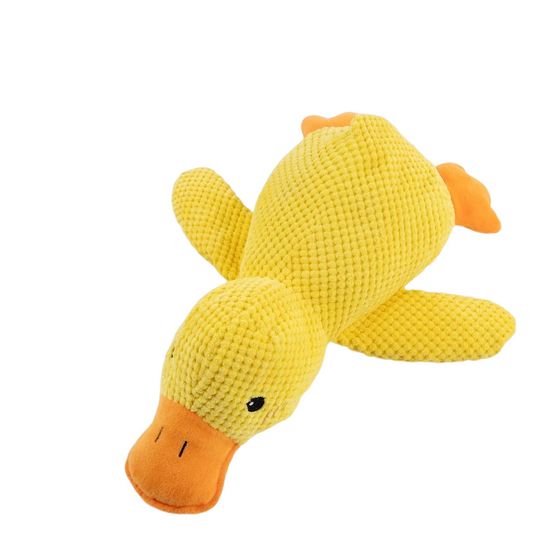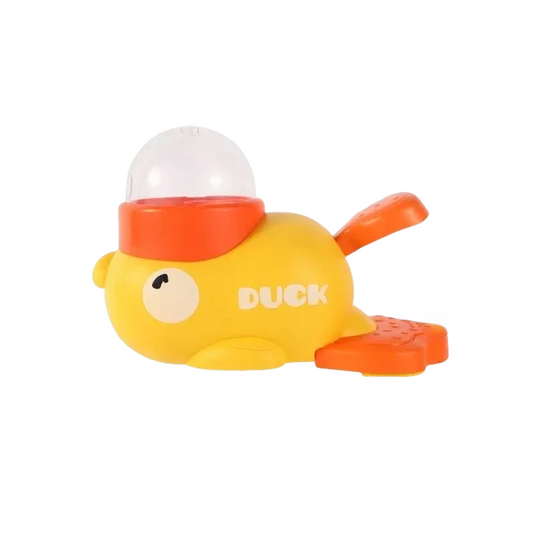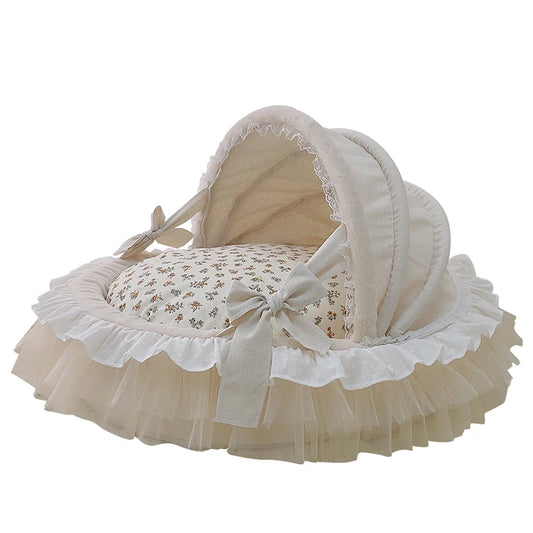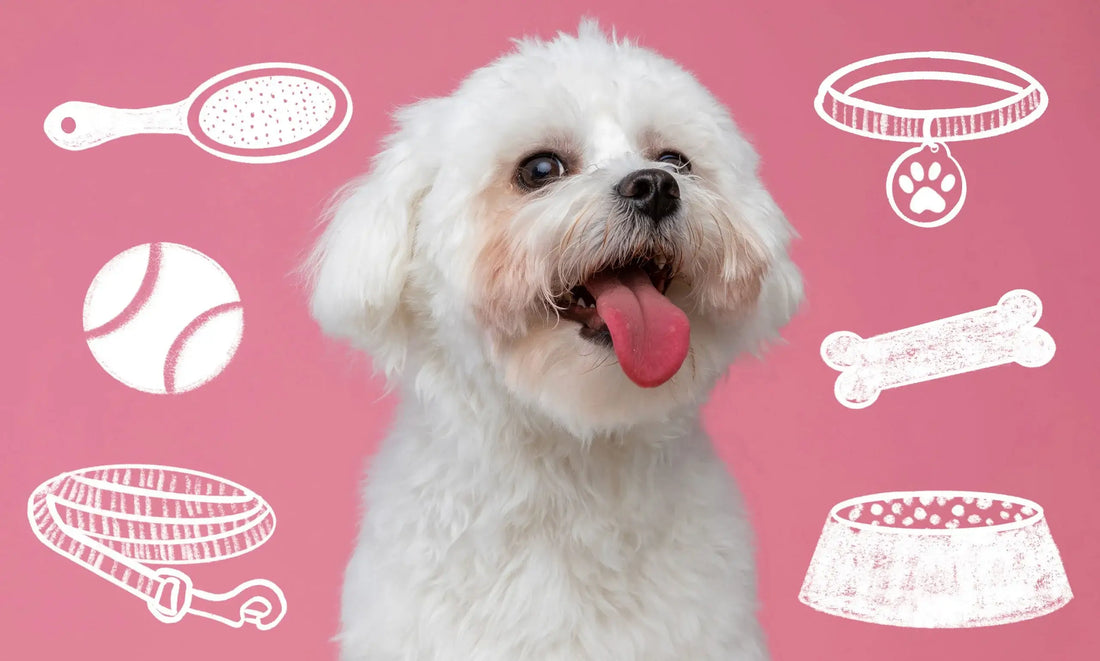
9 Essential Things to Do When Bringing a Puppy Home
Share
Introduction
Bringing a puppy home is an exciting experience, but it also requires preparation to ensure a smooth transition for both you and your new furry friend. Here are nine essential things you should do when welcoming a puppy into your home. By following these steps, you can help your puppy adjust to its new environment and set the foundation for a healthy and happy relationship.
1. Prepare Familiar Items for Your Puppy
Before bringing your puppy home, ask the breeder or previous owner for familiar items like a blanket, bed, or towel that your puppy or its mother has used. These familiar scents can help reduce your puppy's anxiety or nervousness in its new and unfamiliar environment. Since puppies rely on their sense of smell to navigate the world, having these familiar items will provide comfort and security.
In addition, you can prepare new items, but introduce them gradually. Placing a towel or blanket with your scent in the puppy's bed can help your puppy start associating your smell with safety and comfort, speeding up the bonding process.
2. Prepare a Crate or Designated Area
If you live in an apartment or smaller space, having a crate ready for your puppy is essential. A crate can serve as a safe and confined area where your puppy can rest and feel secure. When choosing a crate, ensure it is large enough for your puppy to move around comfortably — the length of the crate should be at least 3-4 times your puppy’s length.
If you don’t have a crate, you can designate a small area such as a bathroom. Set up the space by placing familiar items like a blanket on one side, along with water and toys, and place puppy pads or newspapers on the other side. Once your puppy successfully uses the puppy pad for the first time, you can gradually allow it more freedom to explore.
For those with a yard, letting the puppy explore the yard under supervision is an excellent way to give it space to roam safely.
3. Feed Your Puppy by Hand
Rather than just pouring food into a bowl and placing it on the floor, it's a good idea to feed your puppy by hand. Hand-feeding helps establish a stronger bond between you and your puppy while reinforcing your role as the provider. This also helps set the groundwork for basic training.
Feeding can be incorporated into training sessions by offering small amounts of food as a reward when the puppy performs a task correctly. This positive reinforcement method encourages good behavior while deepening the bond between you and your puppy.
4. Choosing the Right Toys
Selecting the right toys for your puppy is crucial. Interactive toys are highly recommended as they encourage engagement, play, and bonding between you and your puppy. Tug toys, for example, are a great choice because they promote interaction. Always make sure to let your puppy "win" during play sessions to keep it motivated.
When selecting toys, consider hard rubber toys, as they are more durable and less likely to be chewed into small pieces that could pose a choking hazard. Avoid toys that are easily broken or worn down, as they can be swallowed.
5. Managing Biting Behavior
It’s natural for puppies to explore the world with their mouths, but if your puppy bites too hard, it's essential to correct this behavior early. For breeds that may have a more aggressive temperament, such as Chihuahuas, consistent training is necessary. You can lightly tap or touch the puppy's mouth (preferably wearing gloves) to get its attention. If the puppy bites too hard, loudly yell "ouch" to startle it into releasing its grip.
Once the puppy releases its grip, pause playtime for a few seconds before resuming. By repeating this process 10-20 times, your puppy will learn to control its bite force during play.
6. Conduct Food Guarding Desensitization
Guarding food is an instinctual behavior in dogs, so it’s important to work on this early to prevent future issues. There are two methods to desensitize your puppy to food guarding:
-
Method 1: While the puppy is eating, gently open its mouth and take the food out, holding it in your hand for a few seconds before giving it back. This teaches the puppy that you control the food and that it doesn’t need to be protective of its meal. This exercise is most effective when the puppy is young and less likely to react aggressively.
-
Method 2: Give your puppy a toy to play with and gently hold onto the toy while it is in the puppy's mouth. Maintain eye contact until the puppy lets go. When it does, immediately reward the puppy with praise or give the toy back.
7. Preparing for the First Vet Visit
Before taking your puppy to the vet for the first time, prepare by conditioning your puppy to associate positive experiences with the trip. One method is to warm a piece of meat and let your puppy smell it before leaving for the vet. During the ride and upon arrival, let your puppy sniff the meat. Give the piece of meat to the vet or nurse, who can offer it as a distraction when your puppy is getting shots or an examination.
This method can also be applied when visiting other places, such as a pet grooming salon, to help reduce stress.
8. Don’t Overpamper Your Puppy
While it’s natural to want to pamper your new puppy, it’s important to let it gradually adapt to your lifestyle. You don’t need to drastically change your routines to accommodate the puppy. Puppies are more resilient than they seem and can adjust to new environments quite well. Begin introducing your puppy to wearing a collar from an early age, so it becomes accustomed to it.
9. Environmental Enrichment
Environmental enrichment, a concept used in zoos to keep animals engaged, is equally important for puppies. Providing mentally stimulating activities, such as puzzle feeders, can reduce boredom and encourage problem-solving behaviors. Puzzle feeders require your puppy to figure out how to extract food, keeping its brain and body active.
You can create simple DIY enrichment toys at home:
- DIY Puzzle Feeder: Spread peanut butter or wet food at the bottom of a paper cup and give it to your puppy. This simple toy can keep your puppy entertained for hours, but monitor it to ensure the cup isn’t torn apart and swallowed.
- Natural Elements: Collect small twigs or stones from a park and bring them home. Puppies are naturally curious about these objects, and they provide a new form of entertainment. However, be cautious of small objects that could be swallowed.

By following these nine steps, you can help your puppy feel comfortable in its new home while promoting healthy habits and behaviors that will last a lifetime. These preparations will make the transition smoother for both you and your new companion.


